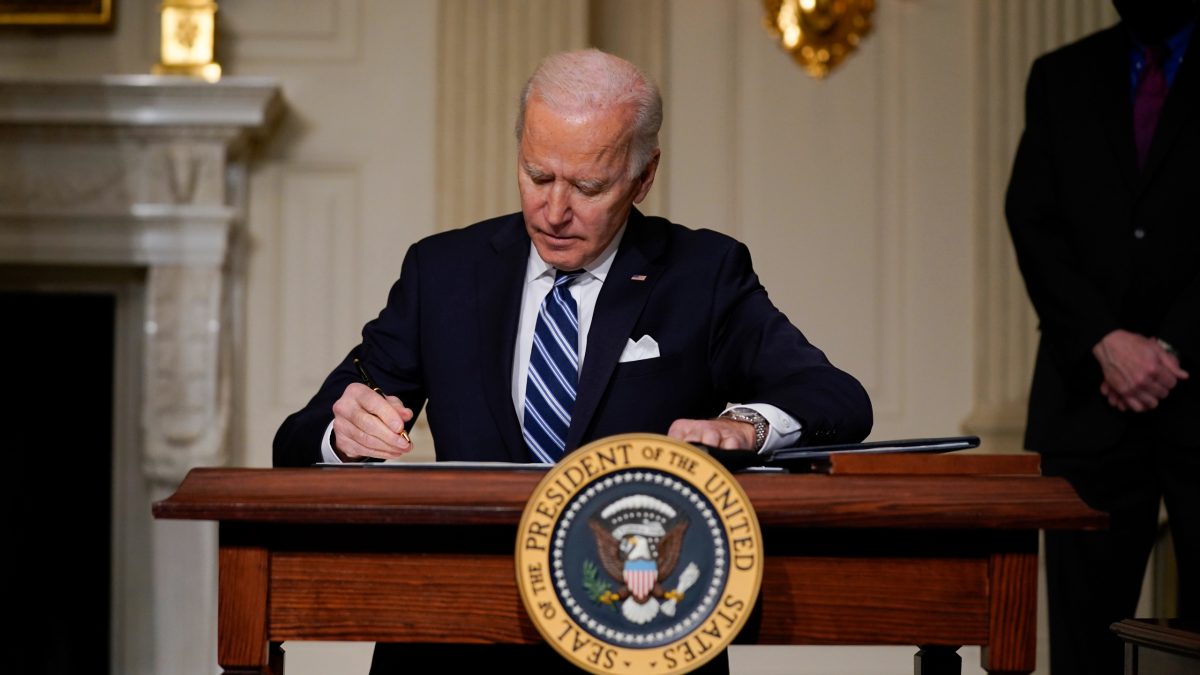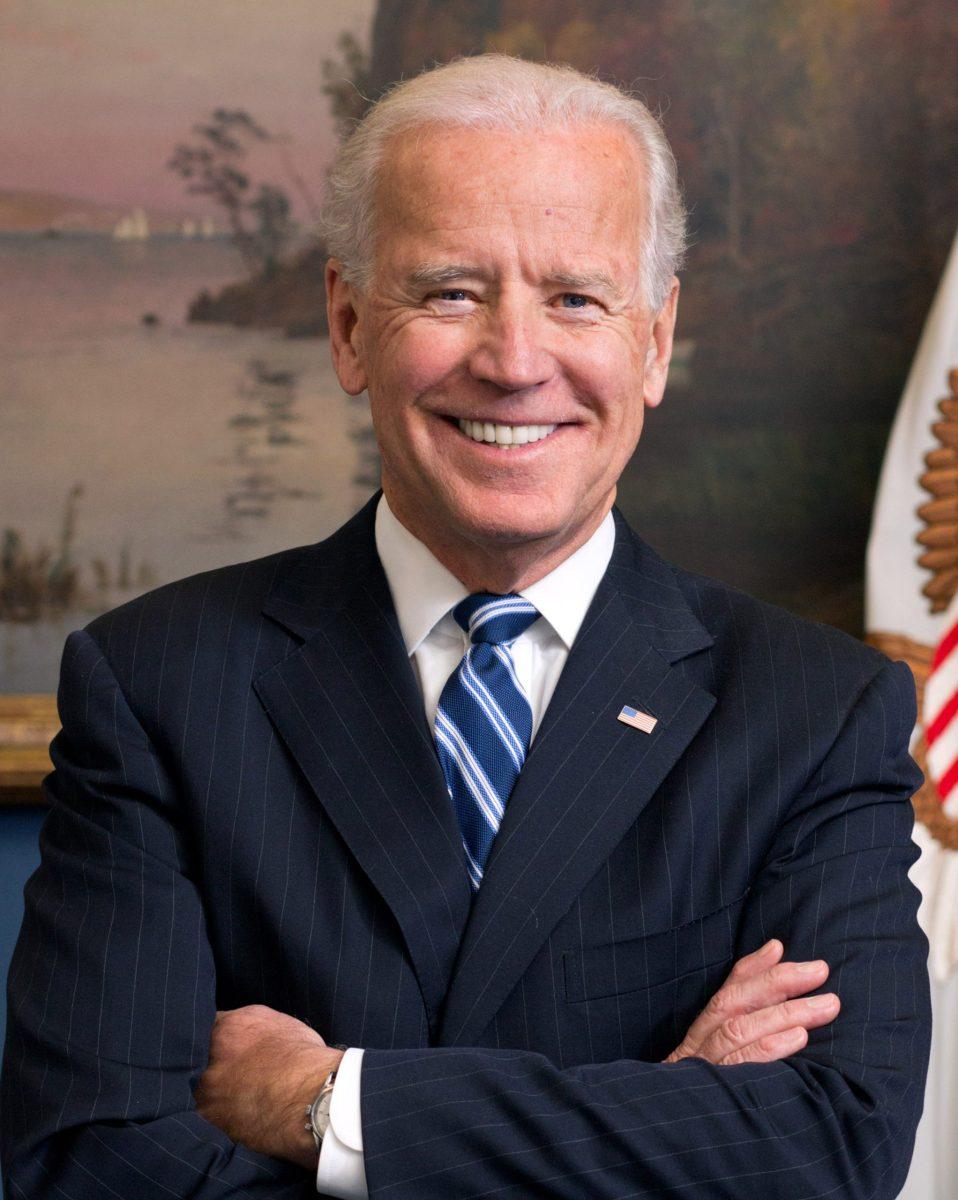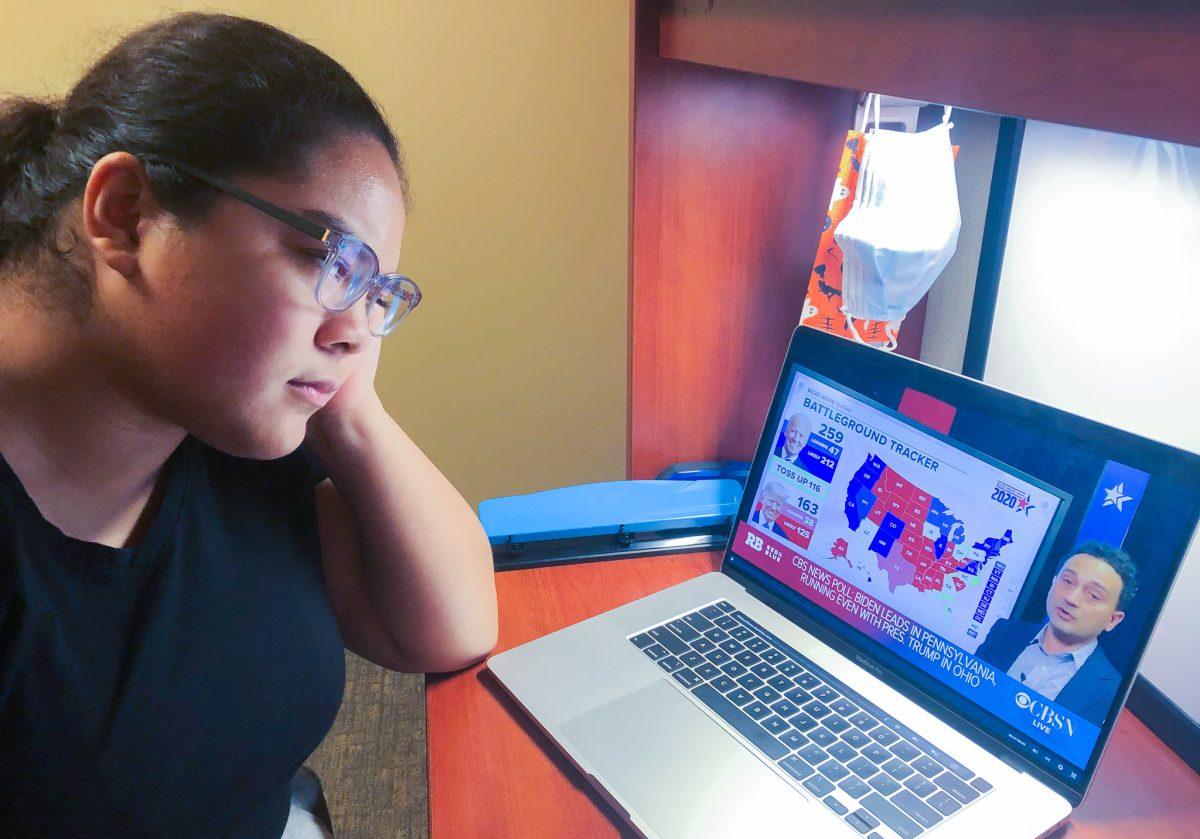The US is now on track to withdraw from a major Cold War-era treaty restricting nuclear weapons.
President Trump delivered a statement on the Feb. 1 declaring that within six months, the country would cease to abide by the obligations stipulated by the Intermediate-Range Nuclear Forces (INF) pact if Russia does not dismantle its arsenal violating the treaty. The agreement forbids nations from constructing or testing conventional or nuclear ground-launched cruise missiles with a range of 300–1300 miles.
Starting in 2014, the State Department under the Obama Administration began releasing reports indicating that Russia was developing a cruise missile—now known as the 9M729—since the mid-2000s. To exploit the wording of the treaty, which forbids launch from mobile land platforms, Russia tested 9M729 at a range of over 300 mi from a fixed platform, which could conceivably be sea-or air-based. They then tested it from a ground platform at a range below 300 mi, thus ‘breaking’ only one constraint at a time and technically staying within INF specifications.
However, as Secretary of State Mike Pompeo put it, “By putting the two types of tests together, Russia was able to develop a missile that flies to the intermediate ranges prohibited by the INF Treaty and launches from a ground-mobile platform.”
In response, the Russian Federation has flatly denied any claims that the missiles were tested to INF range or could be inferred to do so.
This withdrawal announcement is the latest step in a series of warnings and notices that the US has given Russia. On Oct. 20 of last year, Trump announced the administration’s decision to leave the INF accord, notifying Moscow three days later. On Dec. 4, Pompeo declared that the US would cease compliance with the treaty if Russia did not deliver a solution within 60 days, promising not to “test or produce or deploy any systems” within the 60-day period. The latest announcement in February is simply the fulfillment of this ultimatum, beginning the six-month withdrawal period as stated in the treaty.
Criticism of the withdrawal centers around the treaty’s significance as a triumph of Cold War diplomacy. Signed in 1987 by President Ronald Reagan and USSR President Mikhail Gorbachev, the deal represented the culmination of nearly seven years of on-and-off negotiations, spanning the terms of two American and Russian presidents. Commenting on the withdrawal, Gorbachev called it “not the work of a great mind.”
The move comes as tensions rise internationally between the east and west, echoing the NATO-Warsaw Pact conflicts of the Cold War. As Russia consolidates power in Eastern Europe through annexations and by influencing elections, western countries have grown increasingly wary of the country’s advances.
Representatives at the European Union proposed the creation of an EU army supplied by member states, and aim to devote at least 2% of their gross domestic product to the military budget. In a recent series of inflammatory speeches, the United Kingdom Defense Secretary Gavin Williamson proposed an expanded international military presence for the country. His vision of a post-Brexit “Global Britain” alarmed the east, resulting in China pulling out of trade talks with the UK.
As for the INF treaty, Williamson directly addressed it: “In NATO, we must stand firm against Russia’s non-compliance… if necessary being ready to deal with the threat that new Russian missile systems may pose.”
Questions have also been raised as to whether the withdrawal represents a step towards an arms race. “We are going to terminate the agreement and then we are going to develop the weapons,” said Trump.
However, if Russia is willing to negotiate, there are still 180 days remaining to come to an agreement—perhaps one that includes regulation of Chinese weapons, as well.
Following the President’s February 1 announcement, the US is now on track to withdraw from a major Cold War treaty restricting nuclear weapons.





























